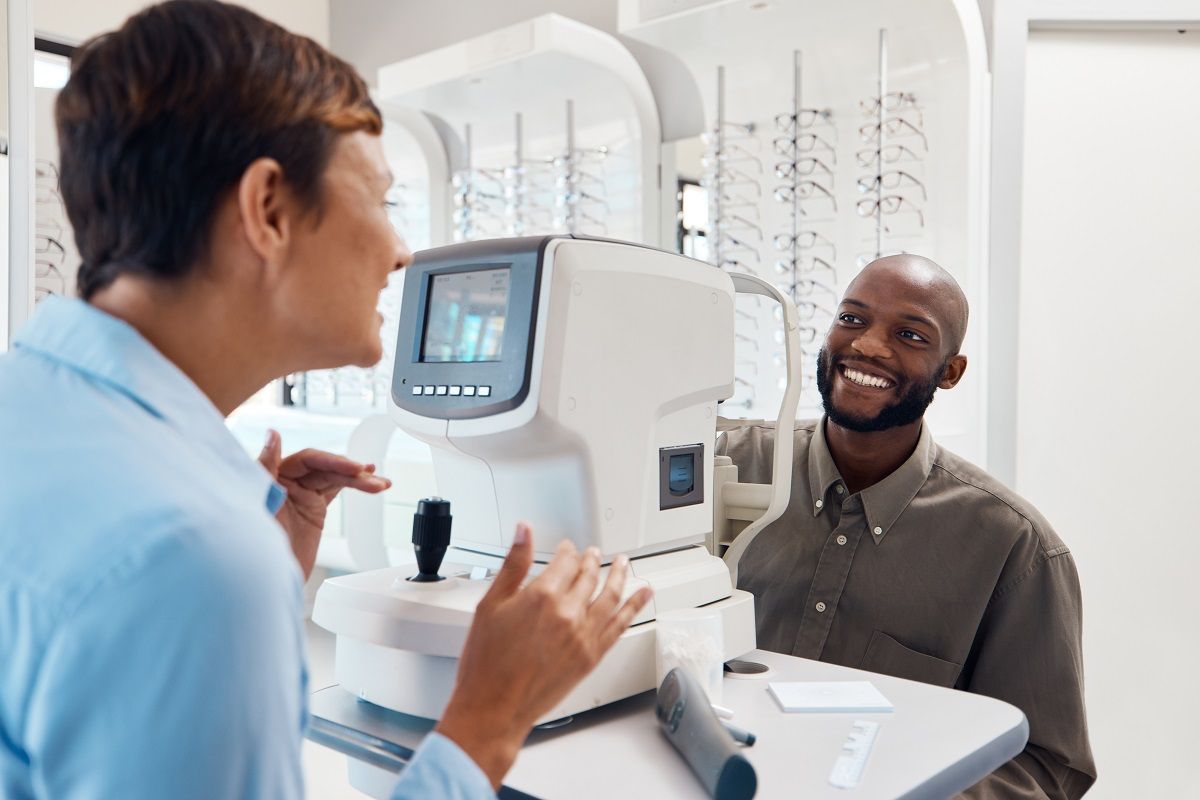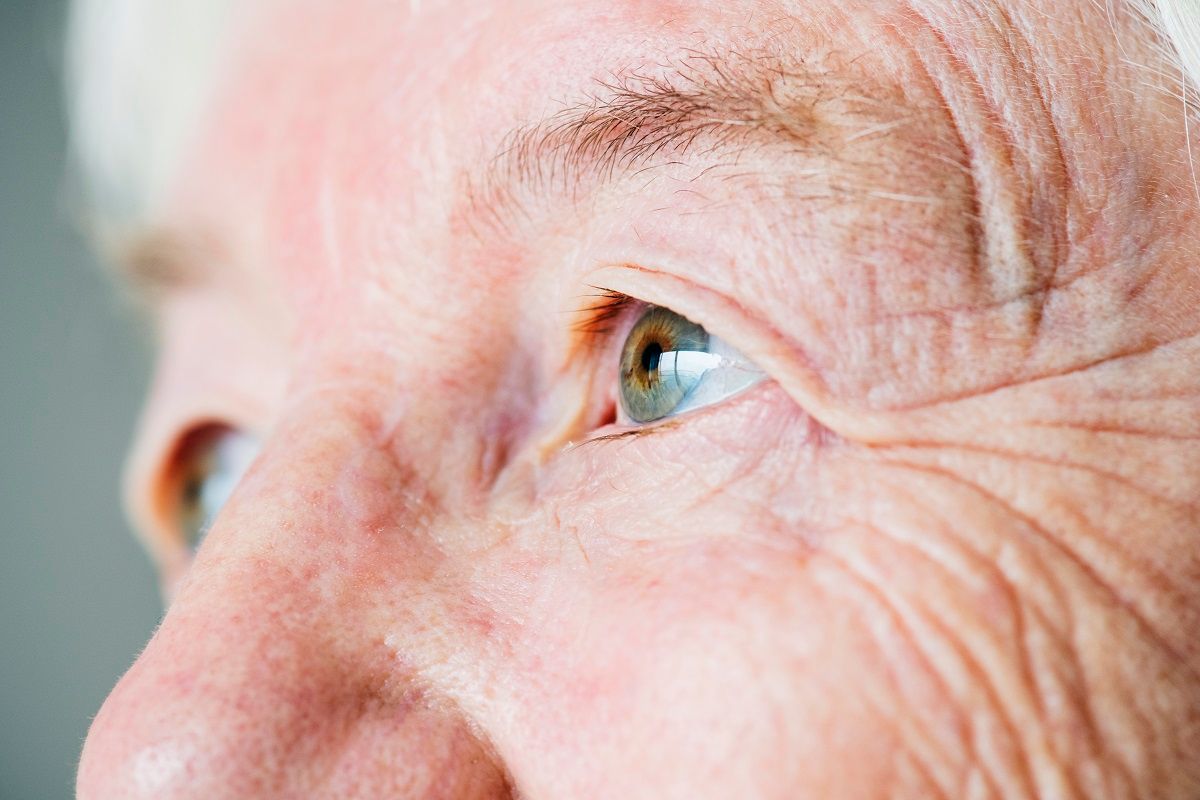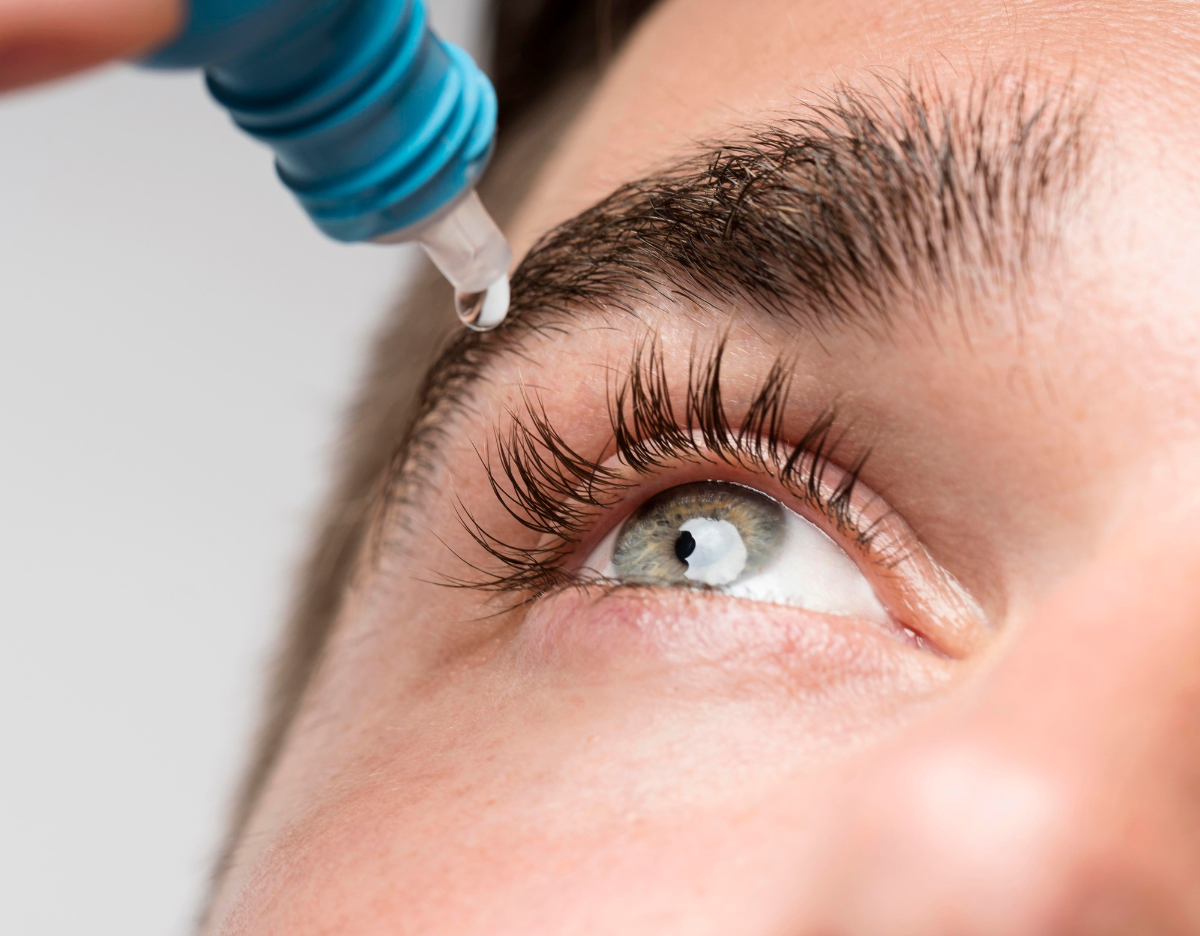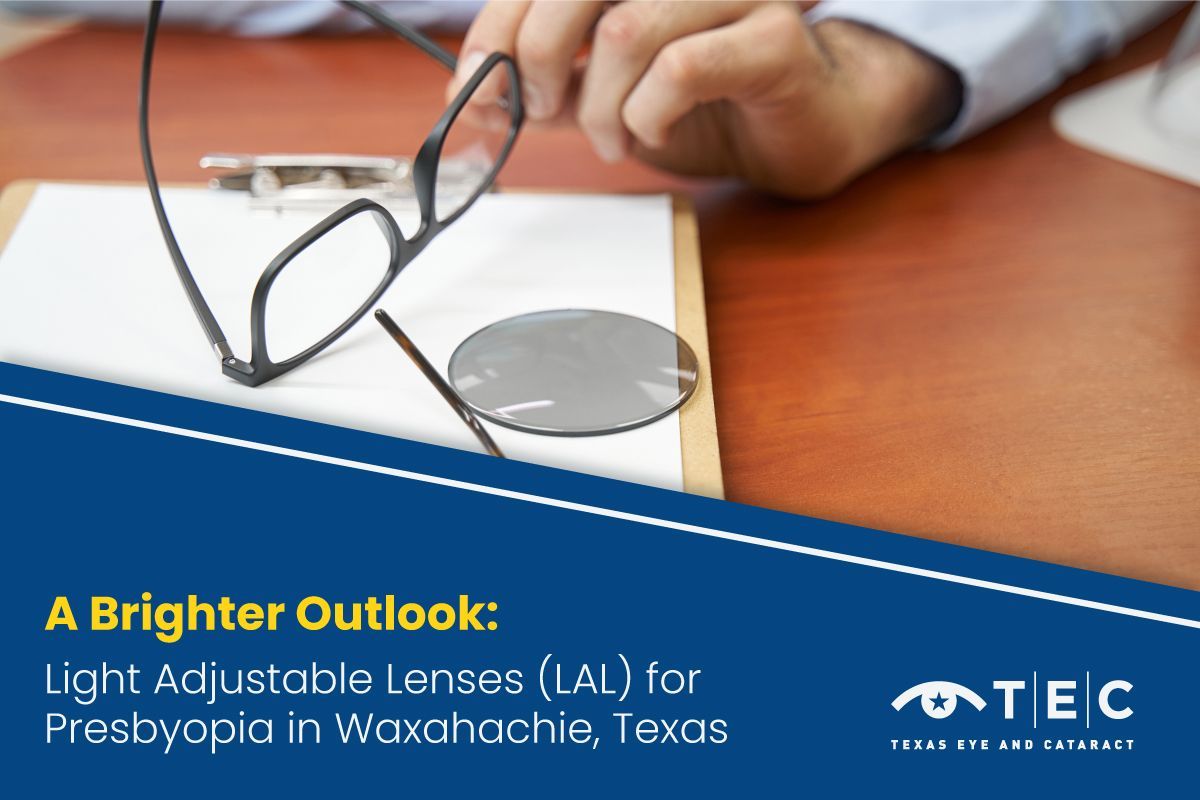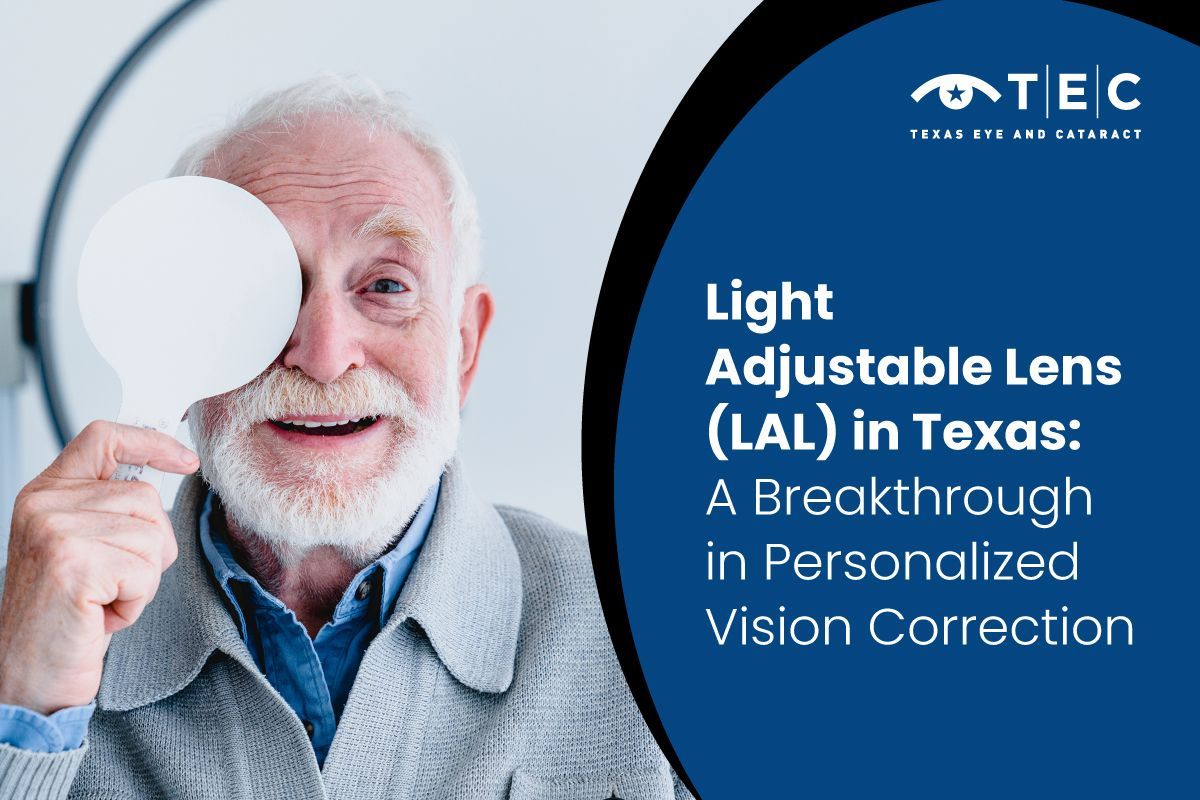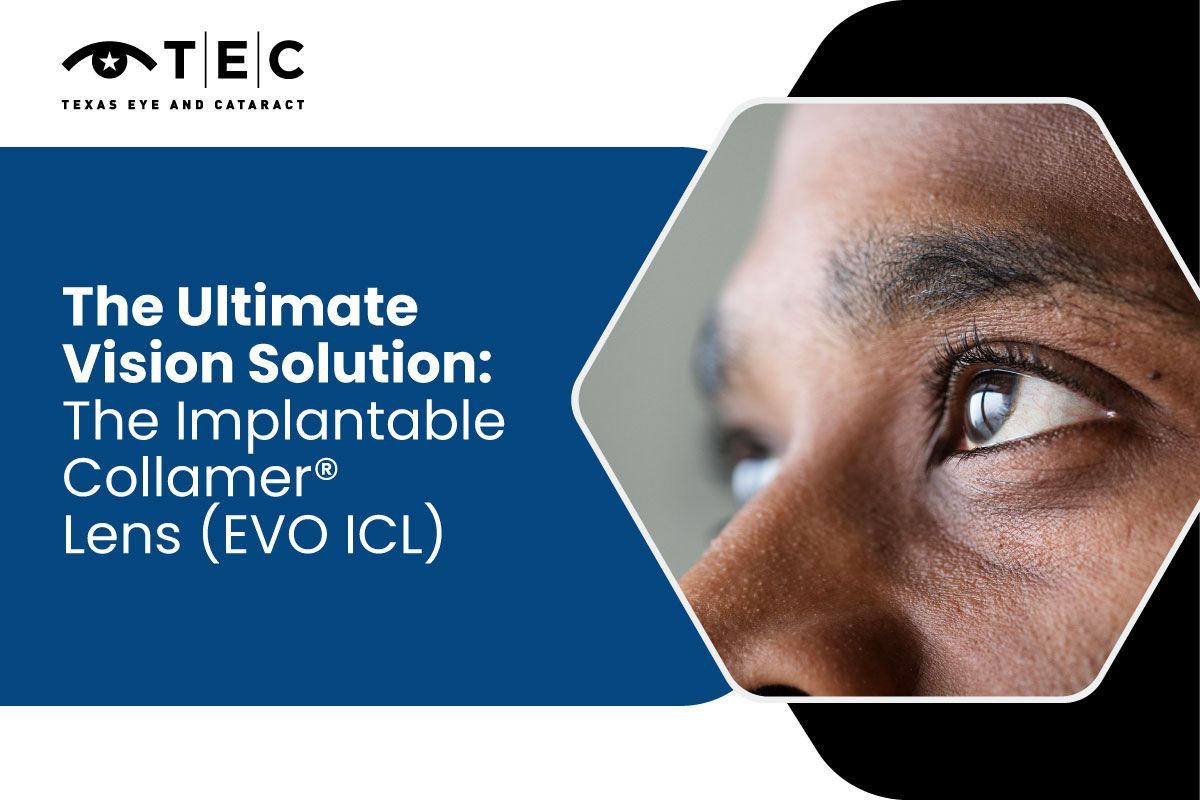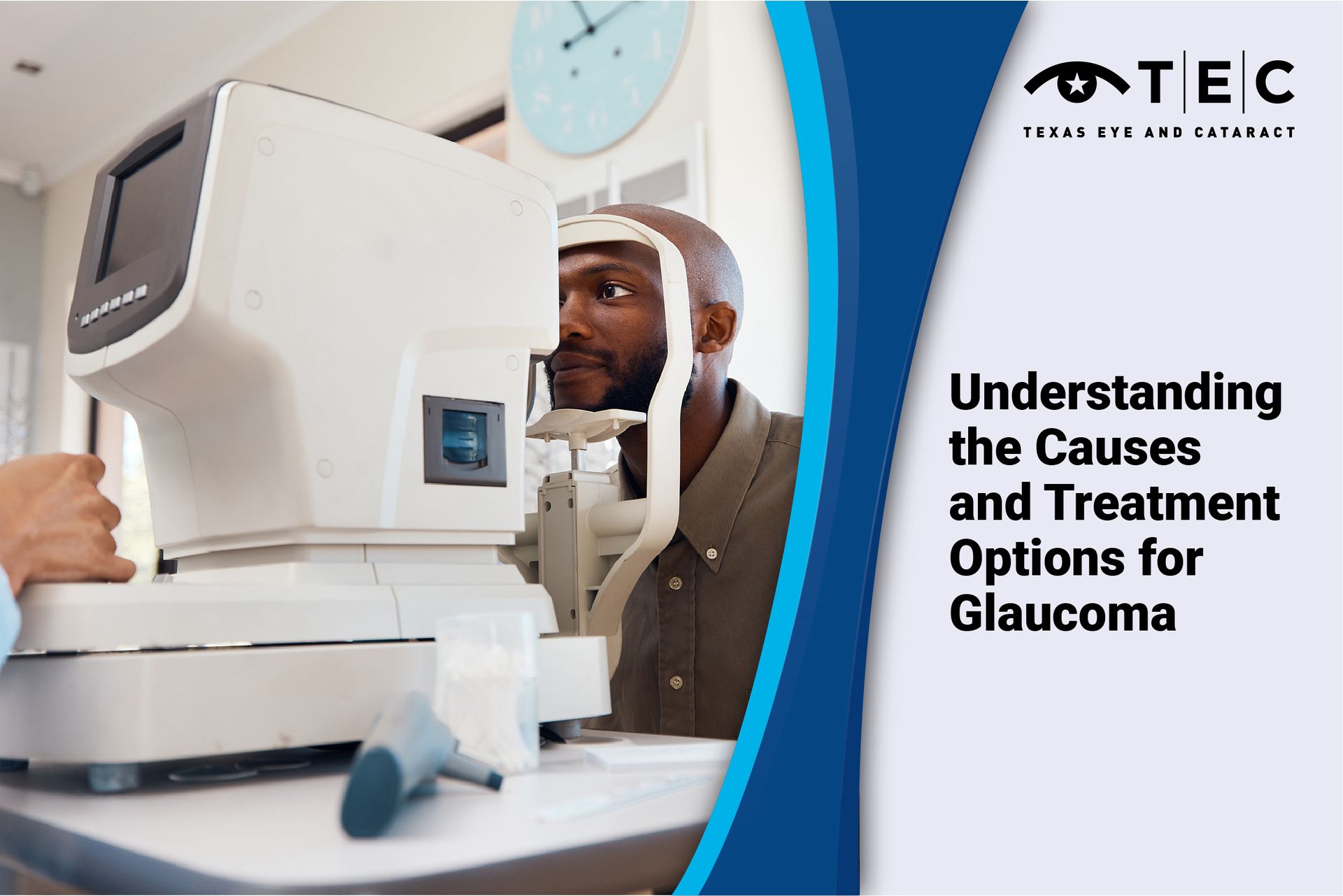9 Common Eye Conditions and Their Surgical Solutions

Vision problems and common eye diseases come in hundreds of different forms. Some eye conditions have no cure, but many of them are treatable.
If you stress your eyes every day, it can cause some vision problems. Thus, a healthy lifestyle and regular visits to your eye care professional are essential to ensure your eye health.
Texas Eye and Cataract, your premier eye care clinic, covers the nine most common eye conditions and their surgical solutions.
1. Age-Related Macular Degeneration (AMD)
Age-related macular degeneration is an eye disease that affects your central vision. It damages the macula, the part of your retina that lets you see fine details. In the United States, macular degeneration is the most common cause of complete vision loss in older people.
Furthermore, macular degeneration has two main types— wet and dry.
- Wet AMD occurs when abnormal blood vessels form under the macula and leak fluid and blood. It damages the macula and impairs central vision.
- The macula becomes thinner and drier with dry AMD as small yellow deposits, drusen, build up under it. About 70% to 90% of cases of AMD are dry rather than wet.
Symptoms of AMD
- Blurry or fuzzy vision.
- Difficulty recognizing familiar faces.
- Black or dark spots near the center of your field of vision.
- Straight lines appear curvy or wavelike.
It may take some time for these symptoms to become evident. While there is no cure, treatments help slow the disease's progression.
Surgical Treatments for Age-Related Macular Degeneration
- Anti-VEGF injections and drugs help slow the growth of abnormal blood vessels in the retina and reduce leakage.
- Photodynamic Laser Therapy (PDT) breaks down abnormal blood vessels on the back of the eye with a special laser.
2. Cataract
A cataract is a cloudy area of your eye's lens. The cloudy lens can develop in either eye. In addition, it's the leading cause of reversible vision loss in the United States. A cataract can occur at any age, even at birth, but is a more common eye disease in older adults.
Symptoms of Cataract
- Cloudy/blurry vision.
- Lights appear to have a halo.
- Difficulty seeing at night.
- Sensitivity to bright light.
- Requires bright light to read.
- Color perception changes.
Eye Surgery Treatments for Cataracts
- Laser Cataract Surgery uses the same computer-guided technology as LASIK for removing the cloudy lens and replacing it with a new, clear intraocular lens (IOL).
- Small Incision Cataract Surgery (SICS) is a procedure that involves making a tiny cut into the cornea. Afterward, the surgeon inserts a probe into the cornea through the incision. The surgeon can break up and remove the lens into small pieces using ultrasound waves. Eye doctors call this type of eye surgery phacoemulsification.
- Extracapsular Eye Surgery is a procedure that requires making a large incision in the cornea. The surgeon can then remove the lens as a whole. When phacoemulsification cannot remove cloudy spots, surgeons perform this eye surgery.
3. Refractive Errors
According to the
National Eye Institute, refractive errors are the most common eye problems. These eye problems occur when the shape of your eyes prevents light from properly focusing on your retina.
Refractive errors fall into four types:
- Nearsightedness (myopia)
- Farsightedness (hyperopia)
- Astigmatism
- Presbyopia
Symptoms of Refractive Errors
People with refractive errors have difficulty seeing but may not notice it until they undergo an eye exam. Here are some of the common symptoms:
- Blurry, hazy, or double vision
- Squinting
- Headaches
- Seeing a halo or glare around bright lights
- Eye strain (tired or sore eyes)
- Inability to focus when reading or doing computer work
Eye Surgery Options for Refractive Errors
- LASIK and other refractive surgeries are procedures that can reshape your cornea to remove nearsightedness, farsightedness, and astigmatism. You can schedule a free screening to find out if you're a candidate for refractive surgery by calling 469-505-2020.
- Premium Cataract Surgery– This procedure replaces the natural lens of the eye with a synthetic lens after removing the hardened natural lens. Moreover, several kinds of artificial implants are available in premium cataract surgery, which can correct other types of refractive errors.
- Photo Refractive Keratectomy (PRK) eye surgery is similar to LASIK. It involves minimally invasive surgery to reshape the cornea. Contrary to LASIK, the top layer of the cornea is gently removed so that it can grow back on its own over 2 to 4 days.
4. Strabismus (crossed eyes)
Strabismus is an eye condition in which the two eyes do not line up together. If this occurs, a person may have difficulty focusing on a single point and see their iris looking in two different directions.
Strabismus can get worse if there's no treatment. These symptoms may occur if the eyes are not aligned properly:
- This condition can lead to permanently poor vision in the turned eye (amblyopia). When the eyes look in opposite directions, the brain receives two images. When the brain tries to avoid double vision, it may disregard the image from the turned eye, resulting in poor eye development.
- Blurry or double vision
- Eye strain
- Fatigue
- Headaches
In most cases, a severe problem (such as a brain tumor that causes the condition) may go unnoticed by failing to diagnose strabismus.
Eye Muscle Surgery for Strabismus
- This type of procedure realigns the eyes by altering the length of the eye muscles. It also requires general anesthesia and dissolvable stitches. The surgeon may use either a recession or a resection during strabismus surgery.
5. Glaucoma
Glaucoma is a common eye disease that affects people over the age of 40. It occurs when the eye pressure is high enough to damage the optic nerve. Due to this damage, the eye cannot properly transmit visual information to the brain.
Symptoms of Glaucoma
Glaucoma has three types: open-angle, normal-tension, and angle-closure. Depending on the type of glaucoma, patients may experience one of these symptoms:
- Headaches.
- Rainbow-colored halos around lights.
- Low vision, blurred vision, narrowed vision (tunnel vision), or blind spots.
- Loss of side vision
- Eye pain, pressure, or redness
Getting an eye exam yearly is essential as we age. The sooner you diagnose an eye issue, the better your vision.
Eye Surgery Treatments for Glaucoma
- Trabeculoplasty is an eye procedure that stimulates fluid drainage from the eye's drainage tissue using lasers.
- Trabeculectomy is a type of eye surgery to treat open-angle glaucoma. In this treatment, the extra fluid is drained from the eye through a tiny opening under the eyelid.
- Minimally Invasive Glaucoma Surgery (MIGS) is a technique for treating mild glaucoma using tiny incisions and microscopic machinery.
- Glaucoma Implant Surgery is an eye surgery that involves implanting tiny tubes into the eye to drain fluid and relieve pressure in the eye.
6. Diabetic Retinopathy
The National Eye Institute states that diabetic retinopathy can lead to blindness and vision loss in diabetics. This condition occurs when high blood sugar levels damage the retina (back of the eye). Without diagnosis and treatment, it can lead to blindness.
Symptoms of Diabetic Retinopathy
Many people are unaware they have diabetic retinopathy. There are usually no signs or symptoms initially, but the most common symptoms are:
- Seeing floating shapes in your field of vision
- Blurry or patchy vision
- Redness or eye pain
- Sudden vision loss
- Vision slowly deteriorates
- Difficulty seeing at night
If you experience these symptoms, consider getting an eye examination.
Eye Surgery Treatments for Diabetic Retinopathy
- Scatter laser surgery (photocoagulation) is a procedure that slows the development of abnormal blood vessels over a wide area of the retina. Ophthalmologists may burn the retina with lasers to prevent blood vessels from growing.
- Vitrectomy is an eye surgery that treats various retinal and vitreous problems. During the surgery, the ophthalmologist takes some or all of the vitreous out of your middle eye. A saline solution or a bubble made from gas or oil replaces the vitreous.
7. Presbyopia
Presbyopia refers to the gradual loss of the ability to focus on objects near you. Patients usually feel symptoms in their 40s and begin to get worse around 65. It's a natural but annoying part of aging.
Symptoms of Presbyopia
The following symptoms occur slowly:
- Having blurry vision while reading at average distances
- A tendency to hold reading materials farther away for better visibility
- After reading, there may be eye strain (along with headaches)
Surgical Options for Presbyopia
- Refractive Lens Exchange (RLE) involves replacing the eye's lens with a surgically implanted artificial lens (IOL).
- Monovision LASIK is a specialized LASIK method that uses one eye for distance vision and the other for near vision.
8. Retinal Detachment
In a retinal detachment, the retina (the light-sensitive layer of tissue behind your eye) pulls away from the tissue around it.
Retinal Detachment Symptoms
A detached retina can happen suddenly and without warning. Some of the symptoms include:
- Flashes of light in one eye or both eyes
- The presence of floaters (tiny flecks or threads in your vision) is more prevalent than usual.
- Darkness over your vision, including the sides or the middle
Surgical Treatment for Retinal Detachment
- Laser Surgery (photocoagulation) this eye surgery uses laser beams to burn around retinal tears and heal them to the underlying tissue, a procedure used when retinal tears have not reached the point of detachment.
9. Keratoconus
Keratoconus is an eye problem where the cornea thins and bulges or changes shape into a cone. The irregular shape makes your vision blurry and sensitive to light. Generally, keratoconus develops during late adolescence. It affects both eyes but usually affects one eye more than the other.
Symptoms of keratoconus include:
- Halos and glare around lights
- Difficulty seeing at night
- Eye irritation or headaches
- High sensitivity to bright light
- Sudden dimming or blurring of vision
Eye Surgery Treatment for Keratoconus
- A corneal transplant involves replacing the patient's damaged cornea with a cornea from a donor. Usually, vision is blurry for three to six months after a transplant, and medication is necessary to prevent rejection. After the transplant, most transplant patients need glasses or contact lenses to see clearly.
Diagnose and Treat Common Eye Conditions as Soon as Possible
The most effective way to prevent these 9 common eye conditions is to schedule annual eye exams. Our team of eye care professionals at Texas Eye and Cataract offers life-changing laser vision correction solutions for patients with different vision problems. We provide eye exams, prescription eyewear, medications, and surgical procedures to slow or reduce vision loss.
At Texas Eye and Cataract, we know how important it is to see life with clear vision. We understand that being your best means seeing your best.
Copyright © 2023 Texas Eye and Cataract. All rights reserved.
Quick Links
Eye Care Services
Get In Touch
Copyright © 2022 Texas Eye and Cataract. All rights reserved.


